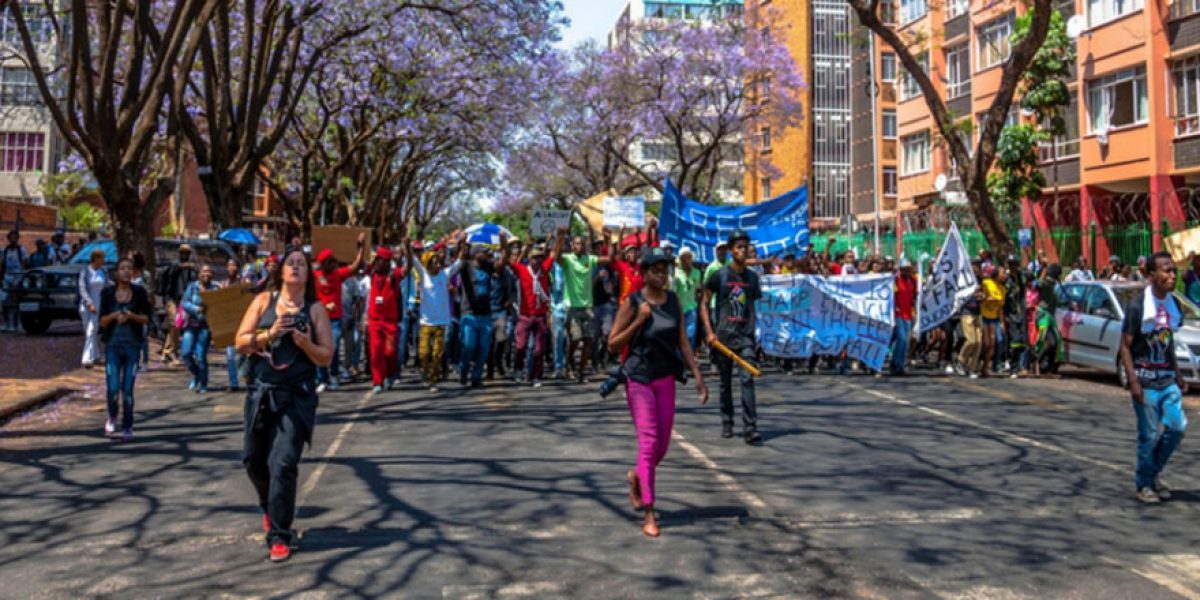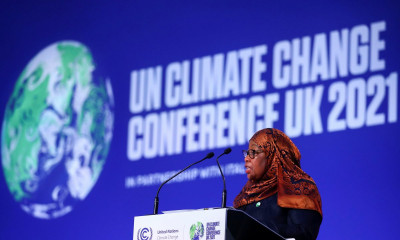Despite this bold statement, many young South Africans continue to feel disenfranchised and without substantive support from the government to realise their dreams.
Unfortunately, over the course of South Africa’s history, the active and full participation of young people in society has been marked by protest and political struggle. During the apartheid era there were persistent efforts to supress youth participation as young people’s resistance to injustice branded them as trouble-makers.
More than 40 years have passed since the 1976 Soweto youth uprising, yet youth participation in various sectors of society is still lacking. Contributing factors are the high rate of unemployment and a lack of funding for higher education, among others.
In the past few years we’ve witnessed learners protesting against racist hair regulations at Pretoria Girls’ High, high school learners marching against unsafe schools and communities in the Western Cape and students’ Fees Must Fall demonstrations across the country, among many others.
Although our annual commemoration of the Soweto Uprisings of 1976 in the month of June celebrates the bravery of those young people and reminds us of the price they paid for our freedom and equality, we need to re-evaluate whether much has changed in the way we treat youth today, particularly in their efforts to play an active role in society.
It is sad to see that 42 years later, a great deal of youth political action is still met with the threat of violence and lack of responsiveness from institutions of authority. If we are to truly harness the potential of the youth and its strategic role in uplifting the country, our government should commit to dismantling structures and practices that intimidate or shut them out, and create environments that are more welcoming to youth input.
Some of these efforts are already under way in the form of projects run by the National Youth Development Agency and President Cyril Ramaphosa’s recently launched Youth Employment Service. However, more needs to be done.
The imperative needs to be expanded to creating avenues for meaningful youth participation and contribution. Institutions need to be accessible to young people and they need to value their contributions. This will shift the status quo from responsive youth participation around service delivery failures, to proactive participation that is valued.
We can achieve this through increasing youth representation in decision-making bodies both within and outside of government structures, more consultation and inclusion in the implementation of solutions targeted at youth challenges, and training young people to be able to do this. This approach has a better chance at empowering youth as it will transform attitudes and address the hurdles that currently prevent young people from meaningful participation in society.
Philosopher and revolutionary Frantz Fanon once said: “Each generation must discover its mission, fulfil it or betray it, in relative opacity.” If we want our younger generation to excel at their mission and to contribute meaningfully to their communities, we must create enabling environments, not repressive ones.







